
Expert in Urological Surgery: Endourology (kidney and urinary tract stones)
And minimally invasive surgery
Director of EndoUrology at Soroka University Medical Center
Lecturer at Ben Gurion University of the Negev
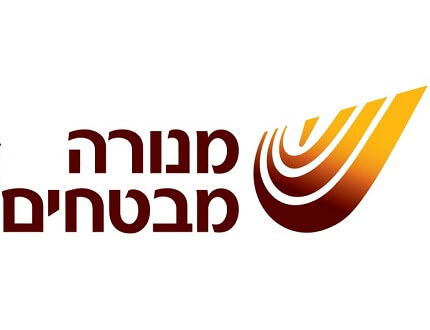


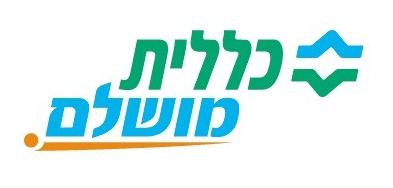

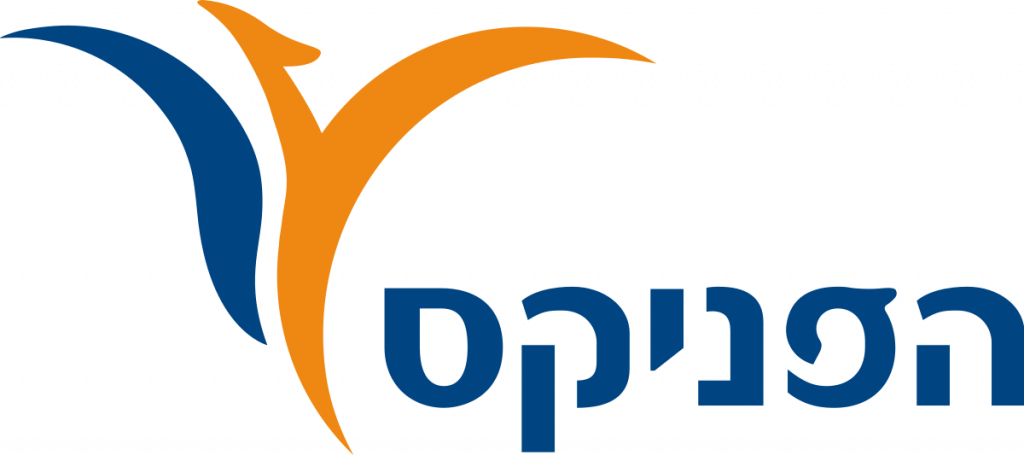
About Jonathan Wagmaister, MD
Medical Studies:
University of Buenos Aires (UBA), Buenos Aires, Argentina, 1999 – 2006.
Valid Medical Licenses:
Argentina, USA (Cleveland) and Israel.
Academic Degree:
Lecturer at Ben Gurion University of the Negev.
Training:
Specialization in Urological Surgery. Shaare Zedek Medical Center, Jerusalem, 2011 – 2017.
Fellowship in Endurology, Urinary Stone Treatment and Minimally Invasive Surgery: Laparoscopic and Robotic Surgery, Approved by the Endorological Society. New York Medical College, Westchester
Medical Center, New York, 2017 – 2019.
Courses & Additional Trainig:
Participation in many courses in Israel and abroad: Ureteroscopy, PCNL, HOLEP, Evaporation of prostate Water Vapor Therapy, uses of Holmium laser – Nd / YAG laser – green laser, robotic surgery and clinical teaching.
Manuscripts, Publications in professional literature and Presentations at Scientific Conferences:
Author of more than 10 articles in Scientific Journals. Reviewer of 4 leading Journals. Presenting many abstracts and posters at conferences in Israel and abroad.
Co-author of the chapter “Applications of Urologic Ultrasound During Pregnancy” in the book “Practical Urological Ultrasound 3rd Edition, Pat F Fulgham & Bruce L Gilbert, Springer 2020”.
Professional Memberships:
American Medical Association (AMA) – 2018-2019
American Urological Association (AUA) – 2017-2019
ENDOUROLOGY – 2016 – Active member
American Association of Clinical Urologists (AACU) – 2017-2018
Israel Medical Association (IMA) – 2007 – Active member
Israeli Urological Association (IUA) – 2011 – Active member

Awards:
The D’Esopo M. Louis Award for Clinical Excellence in Robotic Surgery. New York Medical College,
Westchester University Medical Center, Valhalla, New York, USA, 06/2019.
To make an appointment with Jonathan Wagmaister, MD, please fill in the details and we will get back to you soon
Dr. Wagmaister in a personal tone
“I believe…”
During my youth in Buenos Aires, I had 2 dreams that although at first glance seemed out of reach, I decided to fulfill with all my might: to be a doctor and to establish my home in the Land of Israel.
Without any family background in medicine, no relatives in Israel and no financial capability to finance studies or travel abroad, the tasks seemed extremely complex to me. With constant support from my parents and relatives, I approached my challenging path by the only approach I know: step by step.
It has been over 20 years since then and thank God I was able to get a Doctorate in 3 countries, to specialize in Urological Surgery and to be trained at a prestigious Fellowship in minimally invasive kidney and urinary tract surgeries at a leading medical center in the United States.
Today I can say that most of my dreams have come true, but now, new challenging horizons have opened up for me. I currently serve as the Director of the EndoUrology (Kidney Stones) Service at Soroka Medical Center and after many years of training, research and hands-on experience in the operating room, I am committed to apply and refine existing techniques for excellent results with minimal suffering.
The State of Israel is considered an “endemic area”, i.e. with a particularly high prevalence, of kidney and urinary tract stones, and in particular the Negev region and the south of the Country. The hot and dry weather, together with genetic and nutritional characteristics unique to the population of this area, constitute a format that encourages the production of calcium-oxalate, calcium-phosphate, uric acid and cystine stones, among others.
I now feel confident that everything I went through was for a greater purpose and that is: to offer the Residents of the State of Israel in general and the people of the Negev in particular, innovative and minimally invasive treatments for urinary tract stones, prostate enlargement and other urological diseases, at a high level and with a human and empathetic approach, for a healthy body.
To make an appointment with Jonathan Wagmaister, MD, please fill in the details and we will get back to you soon
Ureteroscopy - Laser Lithotripsy
Endoscopic (with no incision) operation, for pulverization of calculi (”stones”) in the ureter or the kidney with laser.
The operation can be performed ambulatorily (no need for hospitalization).
During the operation, a delicate mini telescope is inserted into the body through the opening of the urethra and through it any part in the urinary system can be reached, even being able to navigate within the renal calyceal system. The device has a channel, through which a laser fiber can be inserted for fragmenting or dusting the stone, as well as a basket for removing stone fragments and smaller stones.
At the end of the procedure, the stones are sent for analysis to find out the salts that composes the calculus and to take preventative measures accordingly, to lower the risk of another calculus.
At the end of the operation, an internal stent is usually placed, with the purpose of ensuring efficient drainage of the kidney and to prevent blockage due to edema or stone fragments. The stent can usually be removed after 5-7 days without the need for additional invasive procedure (as cystoscopy).
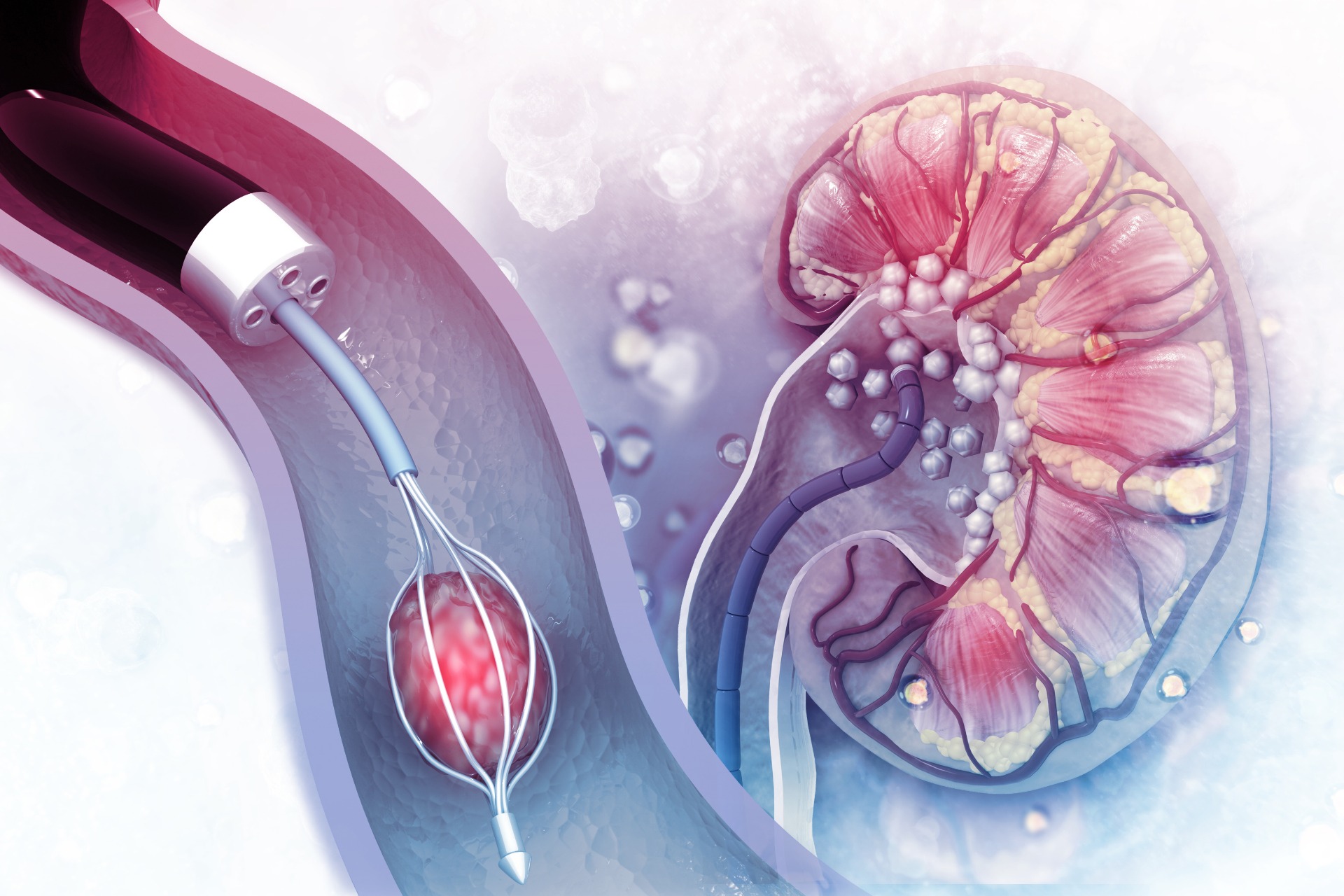
To make an appointment with Jonathan Wagmaister, MD, please fill in the details and we will get back to you soon
PCNL - Percutaneous removal of kidney stones
Minimally invasive surgery for large kidney stones, “Staghorn” or Calyceal Stones and stones of medium size (1 cm) and above in the lower calyx of the kidney.
The surgery is performed using a unique method, in a supine position (laying on the back) and using a tiny incision in the waist or flank area. Through that opening, a small telescope is inserted and through it instruments for crushing and removing the stones (laser, ultrasonic device, basket, etc.).
In the classical method, at the end of the operation an external drainage is usually left in the kidney (nephrostomy) and the procedure involves 3-5 days of hospitalization.
In the minimally invasive method (mini and ultra-mini PCNL) in which I perform over 90% of my surgeries, the opening is extremely small (3 to 5 mm), which makes it possible not to leave tubes or external drains at the end of the operation (“Tubeless Technique”) and sometimes not even a stent (Totally Tubeless Technique).
As a result, the hospitalization is shortened to one night only! Patients are expected to be discharged the morning after surgery without significant pain or suffering. The skin incision is closed with biological glue or dissolvable sutures, so there is no need to remove them after the operation.
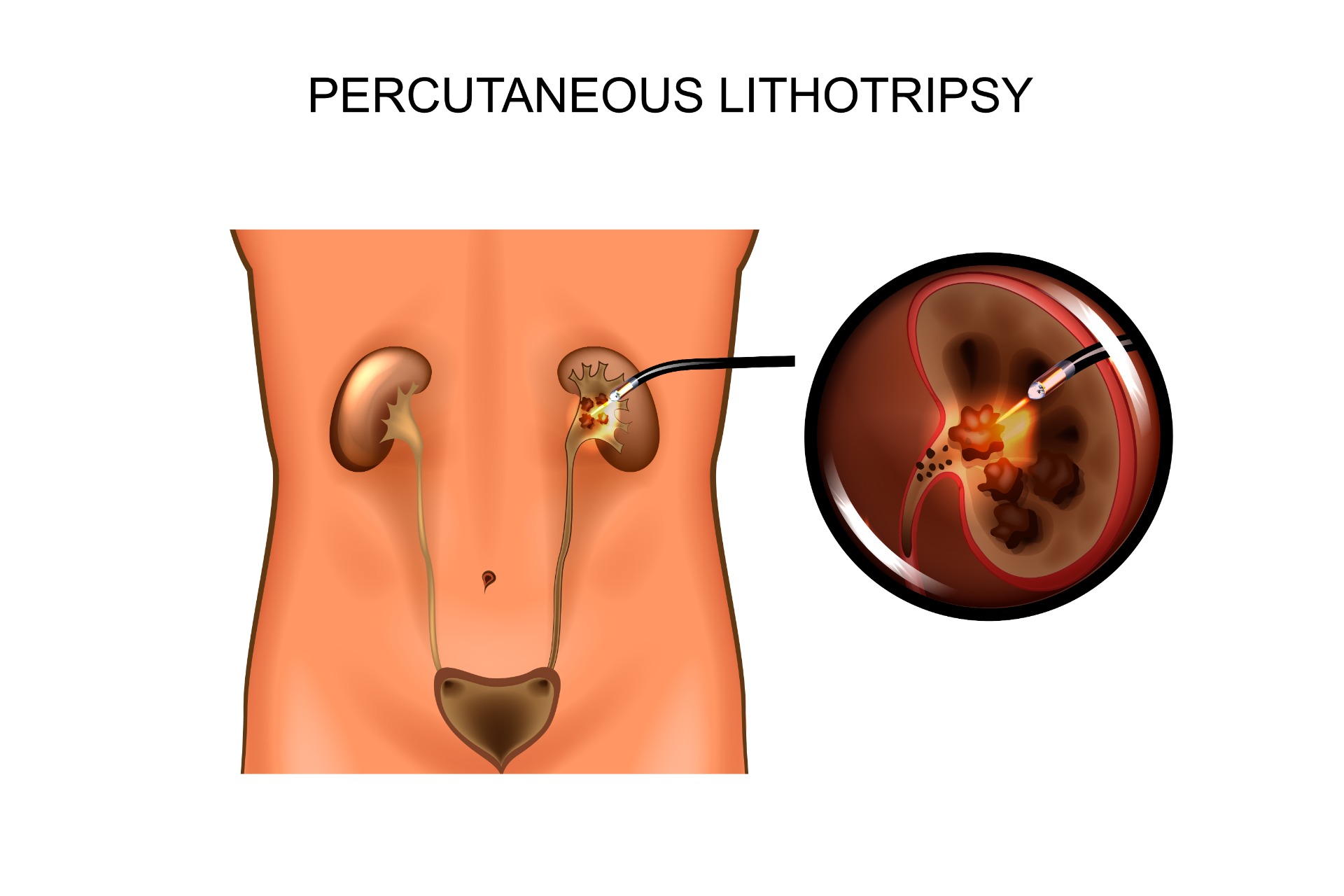
To make an appointment with Jonathan Wagmaister, MD, please fill in the details and we will get back to you soon
For the first time in the Negev! Evaporation of prostate - Innovative treatment for Enlarged Prostate
The treatment that is revolutionizing the world, here!
Evaporation of prostate ™ WATER VAPOR THERAPY utilizes the natural energy contained in steam to cause cell death in a controlled manner within the prostate gland. A few days after treatment, the prostate shrinks and the urinary tract dilates with a marked improvement in urine flow, significant relief in urgency and a decrease in voiding during the night.
The operation is especially suitable for patients who are not interested in medication, after failure of medication, those with the interest to maintain a proper sexual function and those who are not interested or candidates for standard surgeries involving risks, bleeding and hospitalization.
Based on clinical studies, the greatest benefit is expected in men over 50 years old who suffer from urinary symptoms and with a prostate volume between 30 and 80 cc, although today the operation is also performed on larger prostates with satisfactory results.
Evaporation of prostate can be performed ambulatorily, under “light” general anesthesia, regional and even local anesthesia in selected cases. Also, there is no need to stop blood thinners before or after surgery.
About 2-3 hours after the operation, the patient is discharged home with a urinary catheter for a few days aimed to facilitate urine flow during the early recovery period. Most patients feel a benefit about 2-3 weeks after treatment, with the peak of improvement after 3 months.
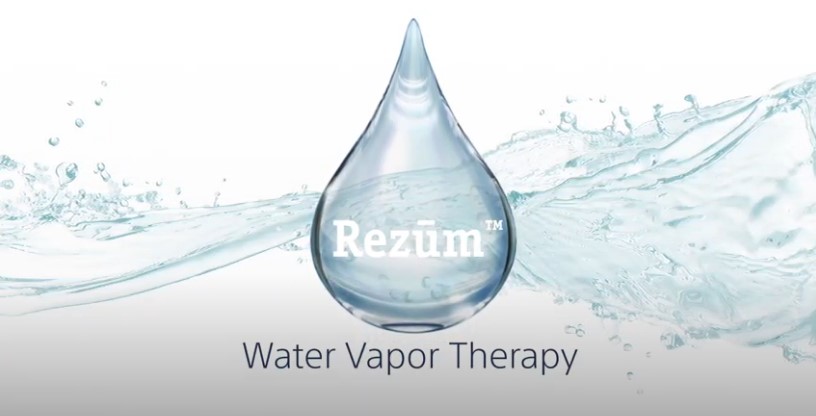
To make an appointment with Jonathan Wagmaister, MD, please fill in the details and we will get back to you soon
Endoscopic resection (without incision) of tumors in the urinary tract
Resection of urothelial tumors (in the inner lining of the urinary system) using a mini telescope inserted through the urethral opening, without incision. Suitable for non-invasive and non-metastatic tumors.
Trans-urethral Resection of Bladder Tumors (TURBT): The tumor is excised from the inside using a kind of electric knife (“loop diathermy”) and sent for pathological examination. After surgery, a urinary catheter is left for a day or two and the patient is discharged after removing it. After 3-4 weeks the pathology results of the material sent is obtained and thus the continuation of treatment (if necessary) and follow-up can be determined.
Ureteroscopic Tumor Resection (For tumor in the ureters / kidneys): During surgery, similar to treating kidney stones, a delicate telescope device is inserted into the body through the urethral opening and can be used to reach anywhere in the urinary system. Through the working channel of the telescope, tiny tools can be inserted to excise and burn the tumors. Similar to a bladder resection, the tumor is sent for a pathological examination and the result is obtained 3-4 weeks later.
At the end of the operation, an internal stent is usually left, the purpose of which is to ensure efficient drainage of the kidney and to prevent blockage due to edema or blood clots.
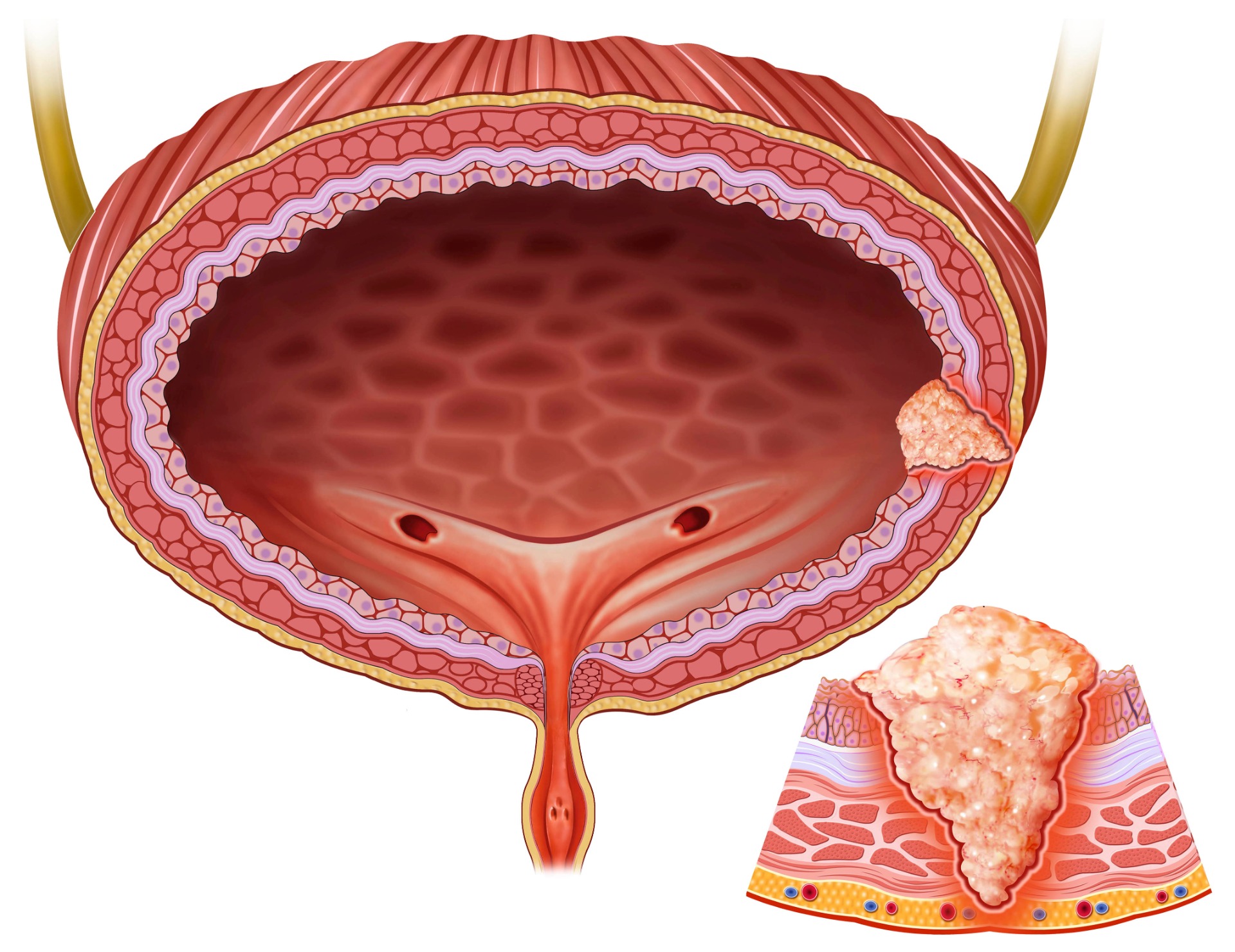
To make an appointment with Jonathan Wagmaister, MD, please fill in the details and we will get back to you soon
SWL – Crushing stones using shock waves
A non-invasive method suitable for stones measuring 0.7 – 2.5 cm. The treatment is performed using a machine that produces shock waves directed at the stone by an X-ray device. The membrane of the machine adheres to the body using a gel (like that of an ultrasound). The waves cause cracks in the stone and eventually the fragments fall apart. The residual particles evacuate naturally.
Advantages of the method: As mentioned, the operation is non-invasive and without any penetration into the body, the operation is performed in an ambulatory setting and is suitable for patients with other diseases. It can be done under regional (spinal) or general anesthesia. The risks are minimal and include bleeding (usually mild) from the urinary tract and urinary obstruction or pain due to stones getting stuck in the urethra as they fall out.
The main disadvantage is that the success rates are of 70-75%, relatively low compared to other methods (PCNL, ureteroscopy).
The treatment is not suitable for patients who regularly take blood thinners and cannot stop before the procedure and for patients with active urinary tract infection.

To make an appointment with Jonathan Wagmaister, MD, please fill in the details and we will get back to you soon
Other surgeries and treatments performed by Jonathan Wagmaister, MD
Endoscopic treatment of urethral stricture, urethra and UPJ
Pyeloplasty: Laparoscopic / robotic reconstruction of the connection between the urethra and the renal pelvis (UPJ STENOSIS)
Laparoscopic / robotic resection of kidney tumors
Hydrocele repair (water in the testicle)
Varicocele correction (open / laparoscopic)
Orchiectomy (Resection of Testicle in case of tumor)
TURP / Open Prostatectomy: Open and endoscopic prostate excision
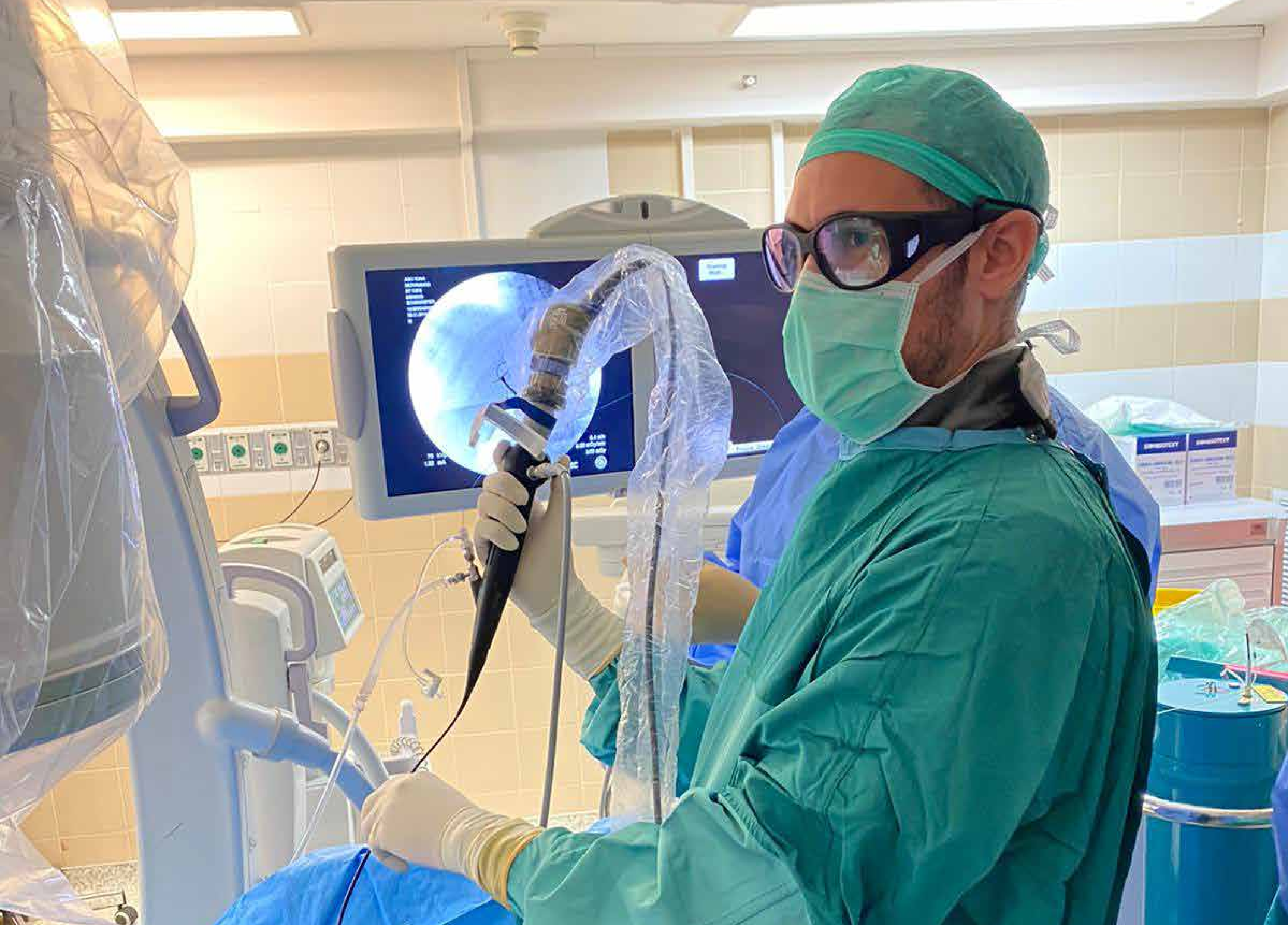
To make an appointment with Jonathan Wagmaister, MD, please fill in the details and we will get back to you soon
Metabolic workup for the treatment and prevention of urinary tract stones
The Middle East is known as one of the places with highest incidence of urinary tract stones in the world, due to the hot weather, along with genetic characteristics, eating habits and various metabolic diseases.
For example, diabetic patients are at significant risk for uric acid stones, patients with hyperparathyroidism tend to produce calcium stones, and so on.
According to clinical studies, it has been determined that in recent years the incidence of urinary tract stones has increased significantly worldwide. Today, many urologists perform basic urinary stone surgeries with decent results, though few are that really understand in depth the complex mechanisms behind the process of crystallization of urinary salts and the development of stone disease, to advise for the right steps to take to effectively prevent disease and follow-up accordingly.
In our clinic, we offer in-depth clarification and metabolic treatment tailored to each patient according to her or his unique medical, occupational and environmental background. Dr. Wagmaister’s Clinic works in coordination with a laboratory for the diagnosis of kidney stones, as well as in collaboration with physicians who specialize in endocrine diseases, infectious diseases, nephrologists and dietitians, with whom they can be consulted and referred for further treatment in the most complex cases.
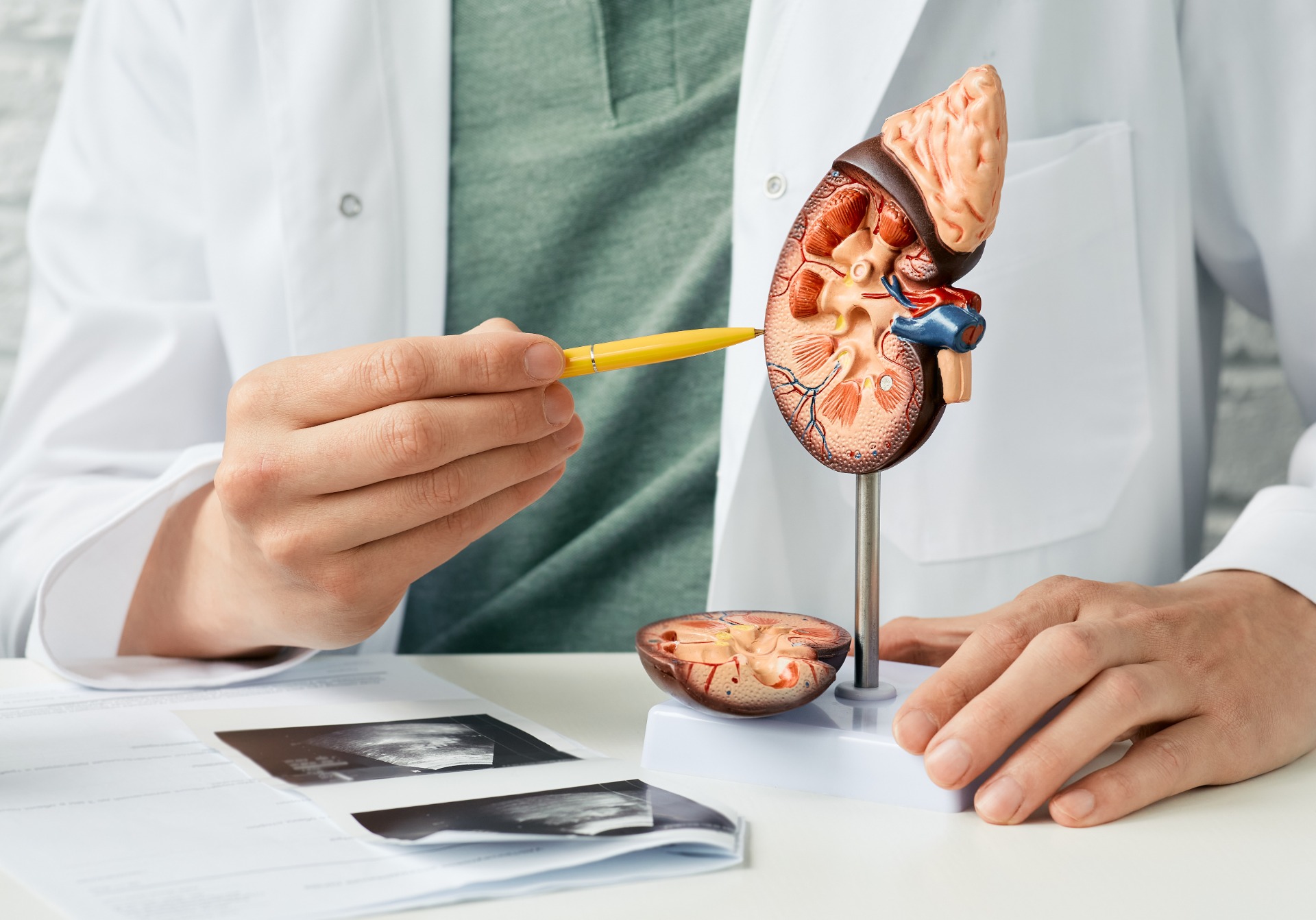
To make an appointment with Jonathan Wagmaister, MD, please fill in the details and we will get back to you soon
מכתבי תודה


